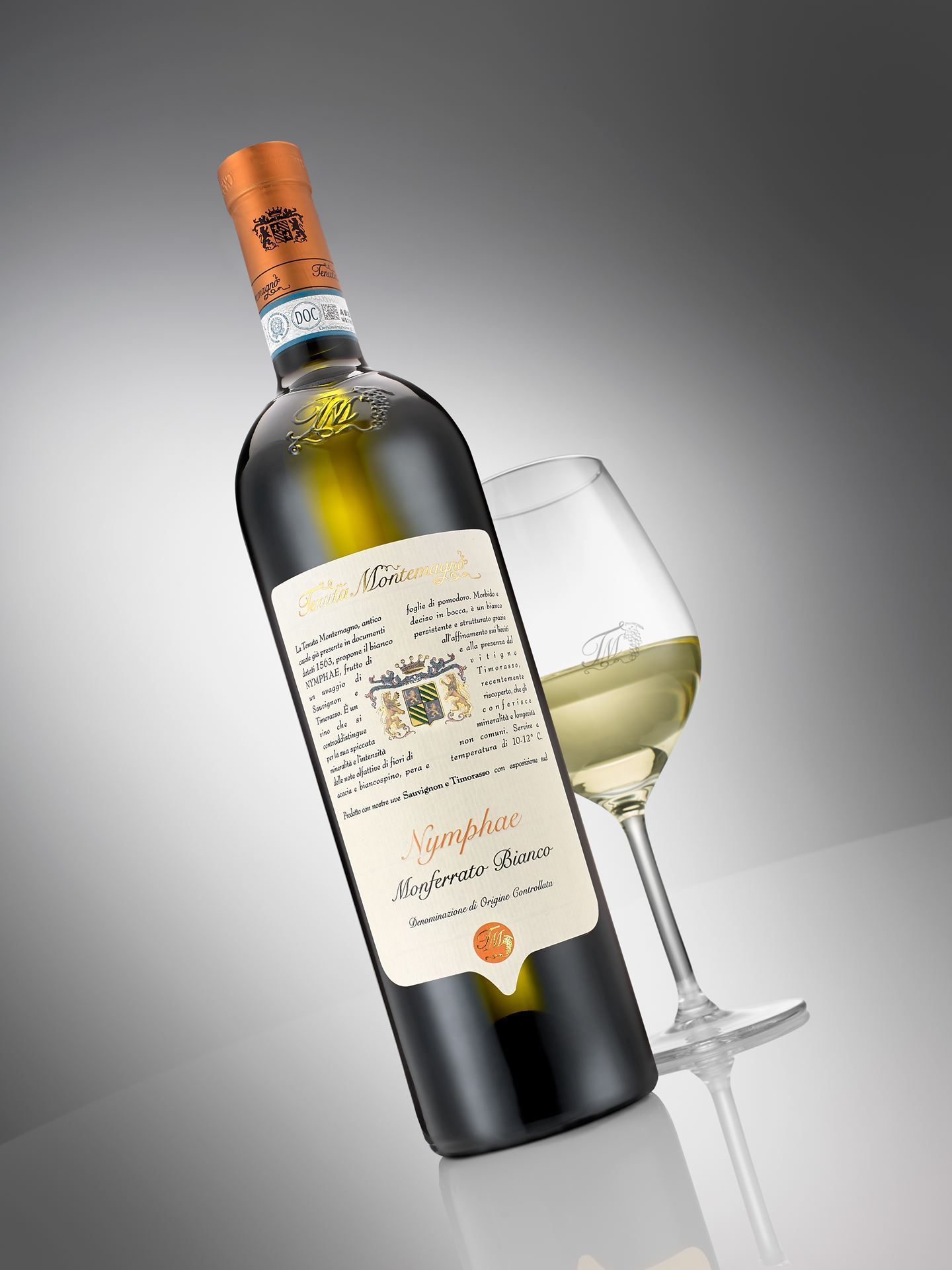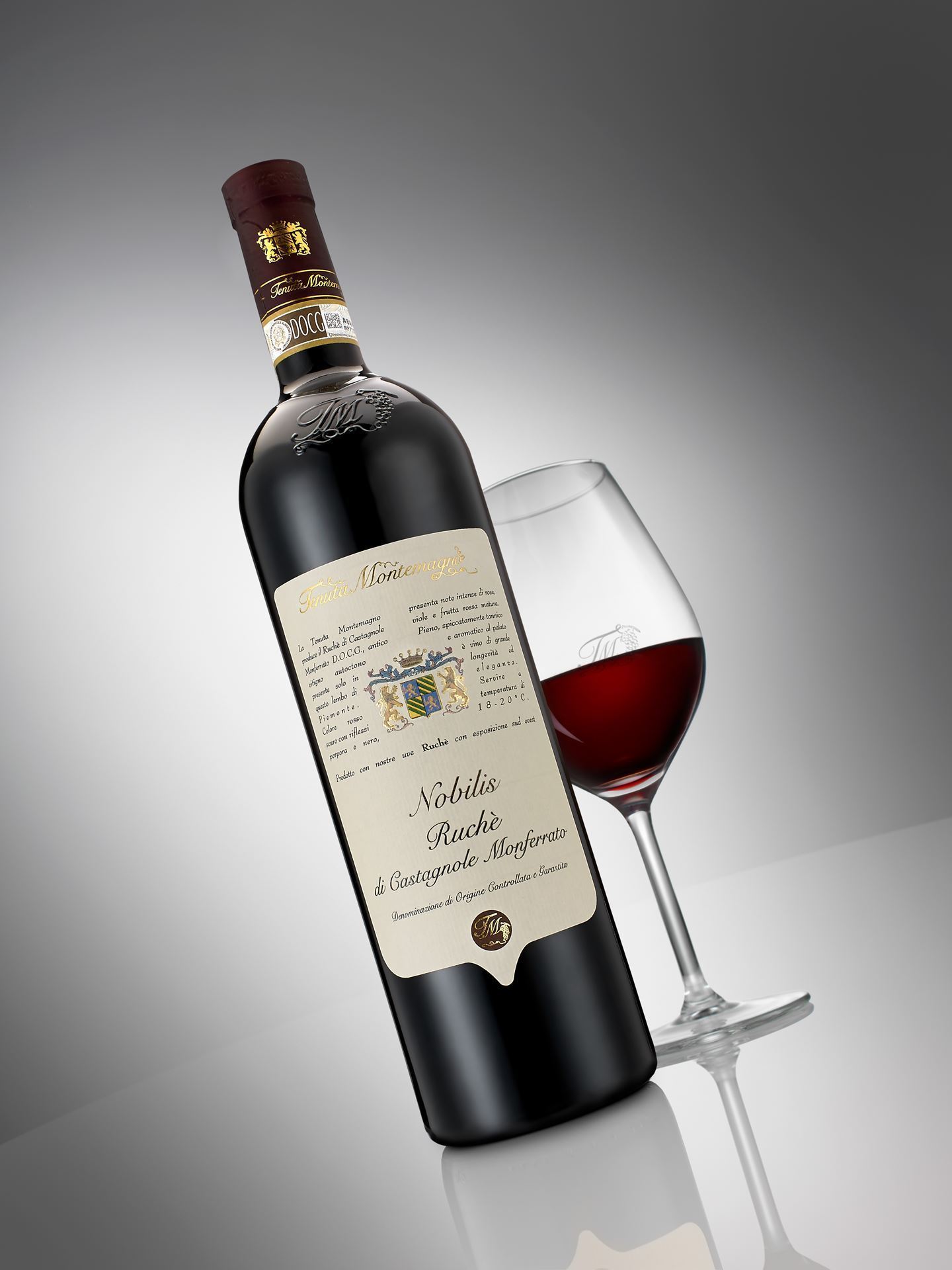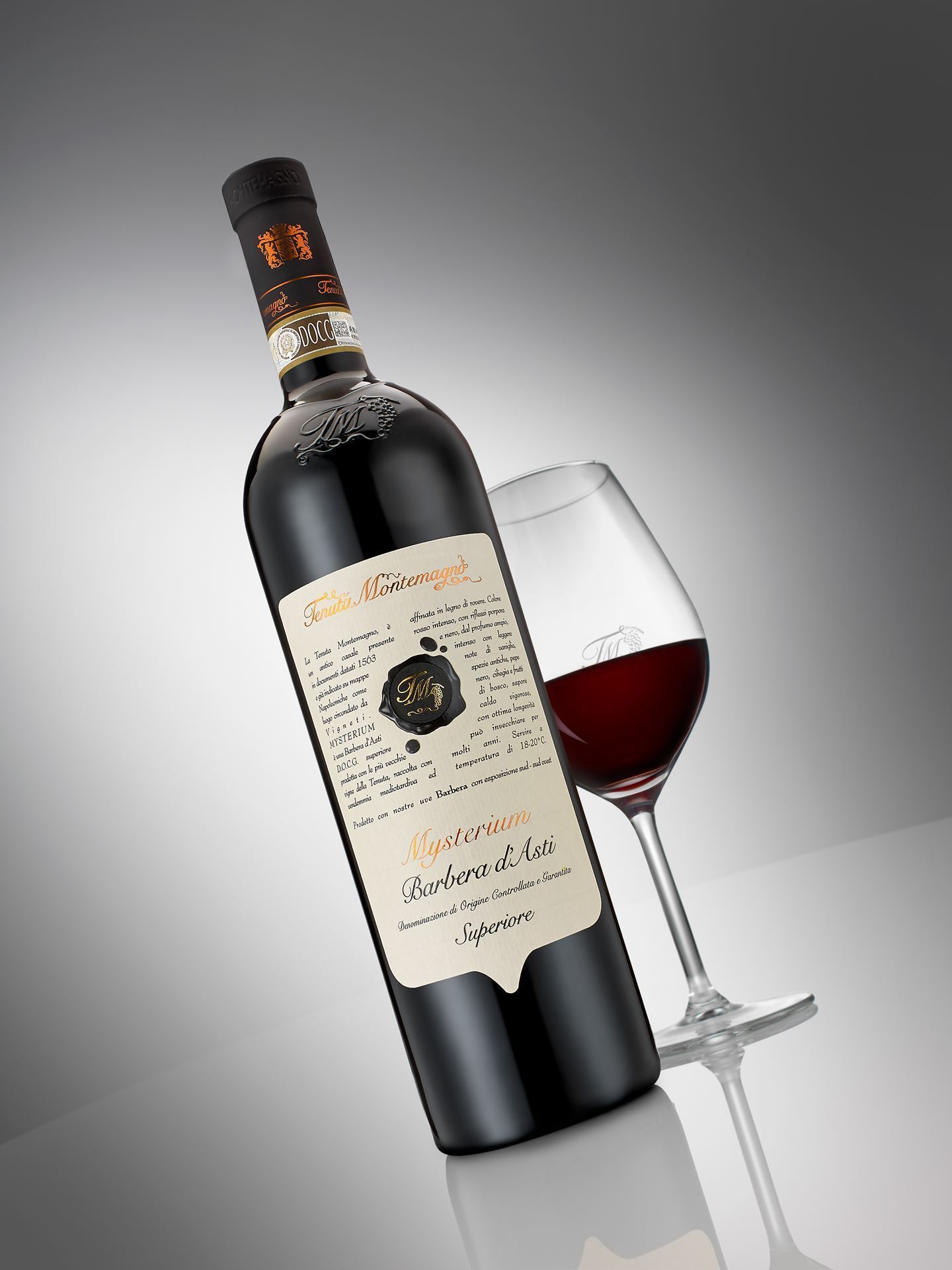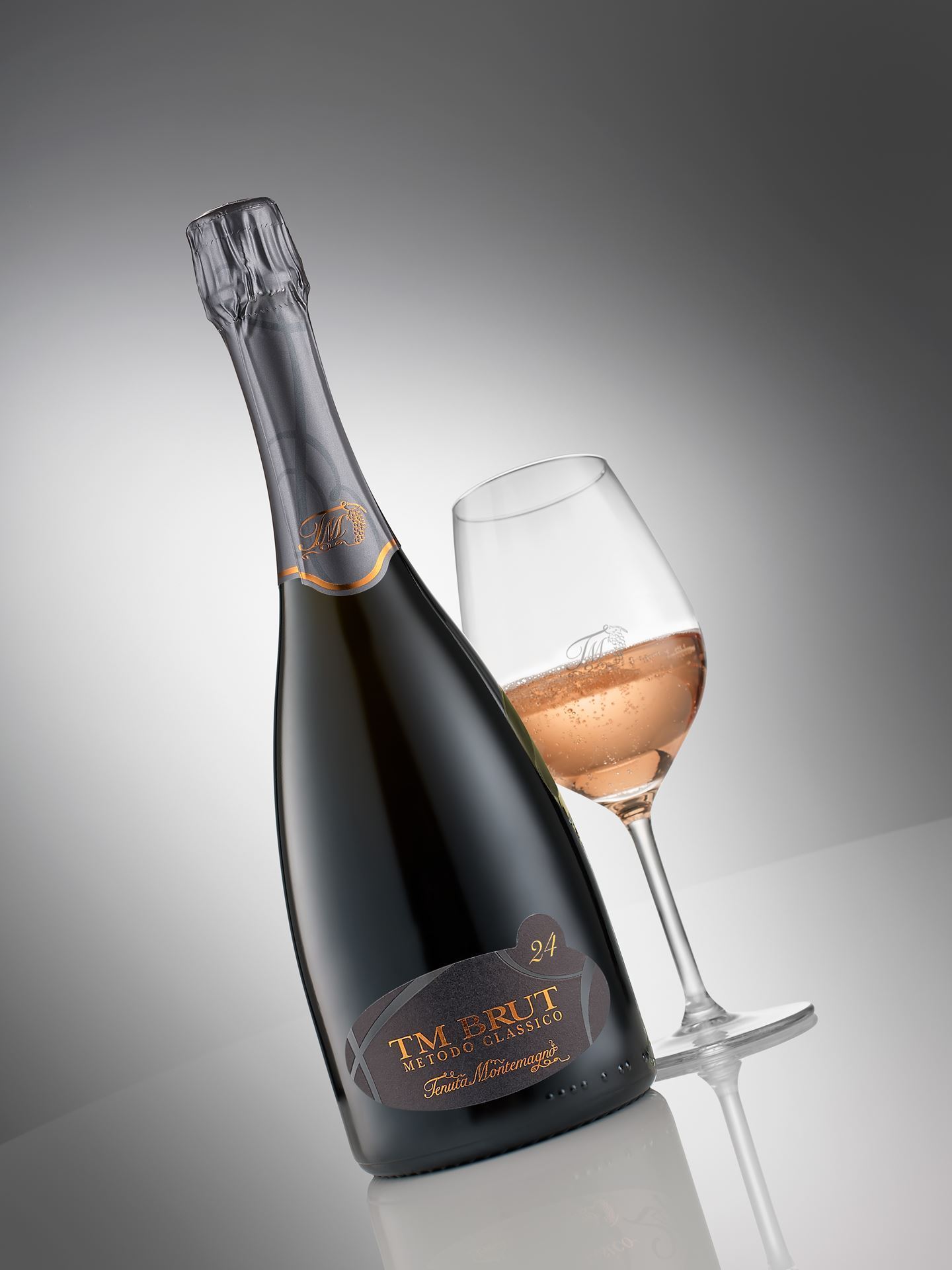- About us
- Company details
Tenuta Montemagno is an old 16th-century estate, bordering on the edges of the Montemagno, Viarigi, Casorzo and Altavilla districts, that our dream became reality: to rediscover a land protecting ancient tradition, to instil new life in walls that have witnessed so much history and to produce wines that will proudly represent Monferrato but, through our own interpretation, also leave the mark of innovation brought to the vineyards and winery thanks to skilled technicians and oenologists with a lifetime of experience. Tenuta Montemagno lies in gently-rolling hills on the 45th parallel, a latitude that has always been known, right from the earliest centuries, for high-quality wine production. The vineyards’ South-West aspect, our particular climate and claylimestone soils, vineyard operations carried out exclusively by hand, and modern winemaking technology ensure the production of world-class wines, ambassadors to the world of the best of Italy, Piedmont, and Monferrato. Our 20 hectares of vineyards include the most prestigious Piedmont denominations and wine-types: Barbera d’Asti, with its oldest vineyards boasting 80 years; Grignolino d’Asti, a dry, clean edged red with generous tannins; Ruché di Castagnole Monferrato, one of Piedmont’s most ancient grape varieties, present only in the area of Tenuta Montemagno’s vineyards; Malvasia di Casorzo, a red from South-South-West facing vineyards.. But Monferrato yields great white wines as well, above all Timorasso, which Tenuta Montemagno produces as a monovarietal to heighten its classic minerality and complex nose, as well as its proverbial longevity. Our vineyards boast an international variety as well, Sauvignon Blanc, which, in our clay soils exhibits striking mineral notes and a rich bouquet.
The TM method is synonymous with exceptional expertise and procedures in the vineyard, in winemaking, and in the bottle. Limited crops, meticulous leaf-pulling to ventilate the clusters, which are then quality-selected and picked by hand-all this defines the quality of the raw materials that are quickly brought to the cellar in small boxes. Fermentation of the must follows, using cultured yeasts. For the red wines, fermentation is started only when the tank is completely filled, and the temperatures are kept in careful balance, using Nectar technology. For the whites, we practice a gentle pressing and dry ice-chilled carbonic maceration in order to preserve the exquisite but delicate fragrances classic to the Timorasso and Sauvignon Blanc grapes. We produce our wines in accord with a practice that exceeds the requirements of organic certification: the display of the “green seal” mean that the amount of SO2 cannot exceed 150 mg/l. The EXTREMELY LOW PERCENTAGE OF SULPHITES over the entire range of our wines is one of the main added values that are the hallmark of our production, a characteristic that has its origins in the vineyards and the comes to full maturity in the cellar, a deliberate philosophical choice aimed at positioning Tenuta Montemagno’s portfolio among the Italian wines that truly arouse enthusiasm, thanks to the terroir in which the vines flourish. Our wines, thanks to the TM method we use in winemaking, contain an extremely low level of sulphites, compared to that allowed by law for organic wines. We adopted this approach to safeguard the health of our customers and to preserve the sensory qualities of our wines.
The hallmark that consistently characterizes our wine is their harmony, the result of their refinement and cleanness, in addition to the unique imprint of each cru vineyard, which gives them distinctive sensory profiles that heighten their individuality. The hill on which our wine estate lies likewise expresses that concept of harmony, which our customers and guests find embodied in our Relais, our restaurant, and, of course, in our winecellar and wines.
Year of establishment:
2006
Number of employees:
FROM 20 TO 49 EMPLOYEES
Annual turnover:
between 0.5 and 2.5 million Euro
Reference year of turnover:
2023
Export turnover:
From 250.000 to 750.000 Euro
Activities:
Growing of cereals, other than rice, leguminous crops and oil seeds
Growing of grapes
Manufacture of wine of fresh grapes, other than sparkling wine and other special wines
Manufacture of sparkling wine and other special wines
Accommodation on farms
- Videos
- Catalogue
The hallmark that consistently characterises our wine is their harmony, the result of their refinement and cleanness, in addition to the unique imprint of each cru vineyard, which gives them distinctive sensory profiles that heighten their individuality. The hill on which our wine estate lies likewise expresses that concept of harmony, which our customers and guests find embodied in our Relais, our restaurant, and, of course, in our winecellar and wines. The Tenuta Montemagno experience begins with as cellar tasting of our wines, whether a vertical tasting of our Barberas or a horizonal tasting that reveals the character of Monferrato. Wine-lovers can advance their appreciation of Tenuta Montemagno’s products by purchasing our wine, anywhere in the world, in our online shop and by ordering a bottle in prestigious restaurants and wine shops.
- Contact Information
- Business Proposals
Company:
TENUTA MONTEMAGNO
Web site:
Address:
Via Cascina Val Fossato 9
City:
Montemagno (AT)
Zip Code:
14030
E-commerce:
Social media:
Tag:
No business proposals uploaded
- Map
Nymphae - Monferrato Bianco Doc - blend of Sauvignon and Timorasso

A white wine with great personality, from a blend of white grapes,
Sauvignon and Timorasso, which grow well in the terroir. Together,
these grapes create a product that is unique in terms of its richness
of flavour and outstanding minerality, which is given by a soil rich
in sodium-magnesium and potassium.
Its assertive, complex structure makes it very long-lived but also
versatile for dishes with different flavours.
Soil / Vineyard
Calcareous clay with slightly silty marls and alkaline pH with
considerable water retention.
Vineyard with Sauvignon to the west, Timorasso to the southsouthwest.
Vinification / Ageing
White-wine fermentation, with soft pressing of the grapes and
subsequent fermentation in stainless-steel vats, in which the wine
ages on the lees for a few months. This is followed by bottling and
further ageing in the cellar before release.
Colours / Highlights
Straw-yellow tending towards golden.
Fragrance
Acacia and hawthorn flowers, pear and tomato leaves, with
delicate notes of gunflint.
Palate
Lean, soft, warm taste. The outstanding structure supports
the alcohol content and an assertive acidity gives this wine its
freshness even after many years.
Web site
http://www.tenutamontemagno.it
Nobilis - Ruchè di Castagnole Monferrato docg

A wine of great elegance, velvety and lingering, it is a true rarity,
found only in this corner of Piedmont. The grape is autochthonous
and can be grown only in a limited area around the Tenuta
Montemagno.
This magical wine owes its renown to two remarkable personalities
in Castagnole Monferrato. The parish priest, Don Giacomo
Cauda, who in the late seventies devoted himself with great
enthusiasm to the production of Ruché.
Soil / Vineyard
Calcareous clay with slightly silty marls and alkaline pH with
considerable water retention, vineyard facing south-west, west.
Vinification / Ageing
Crushing-destemming with fermentation at a controlled
temperature and pre-fermentation maceration at 10°C for 3
days and then fermentation with gentle pumping-over for 7-8
days.
Colours / Highlights
Full ruby red with garnet highlights.
Fragrance
Intense notes of fresh roses, violets, ripe red-berry fruits and
eucalyptus.
Palate
There is a beguiling spicy note of pepper and cinnamon on the
palate.
Web site
http://www.tenutamontemagno.it
Mysterium - Barbera d'Asti Superiore docg

This Barbera is produced from the oldest vines on the estate, with
medium to late harvesting and fining in Allier oak barrels. It perfectly
reflects both the characteristics of the grape (with its power, fruitiness,
freshness and crispness) and those of the terroir (with its finesse,
mineral aromatic complexity and harmonious tannins), to which it
has acclimatised perfectly.
Intense red colour, with highlights between purple and black; full,
intense aromas with generous notes of cherry, earth and alluring oaky
notes. On the palate it is warm, full, with the right balance of tannins
and an excellent, long aromatic finish. Excellent for laying down.
Soil / Vineyard
Calcareous clay with slightly silty marls and alkaline pH with
considerable water retention. Age of the vineyard: 70-80 years,
Guyot training, facing south.
Vinification / Ageing
Crushing-destemming with floating-cap fermentation and frequent
pumping over. The fermentation vessel makes use of the natural
motion of the fermentation gases to continuously move the marc
and delicately extract the aromas, without oxidising the natural
fruity sensations of the grape. Fermentation for about 20 days,
followed by ageing in small and medium-sized wooden barriques
and tonneaux, and lastly in large 25 hl barrels for over 18 months.
Colours / Highlights
Intense, brilliant red, with highlights of purple and black.
Fragrance
Generous and intense, with light touches of vanilla, liquorice,
eucalyptus, ancient spices, black pepper, cherries and wild berries.
Palate
Warm, full, balanced tannins and an excellent, long-lasting
aromatic finish. Always maintains its unique silky-smooth elegance.
Web site
http://www.tenutamontemagno.it
TM BRUT 24 - Metodo Classico 100% Barbera grape

Sparkling rosé wine. Sparkling wine, fermented in the bottle with
the classic method, made from Barbera grapes harvested early,
vinified in pale pink, with light maceration of the grapes in a press
in an inert atmosphere, in order to protect the delicate aromas of
rose petals and red fruits.
Soil / Vineyard
Barbera vines planted on clay and limestone soil with slightly silty
marls, an alkaline pH and considerable water retention. Westernfacing vineyard.
Vinification / Ageing
Rosé-wine fermentation, with soft pressing of the grapes after a
short maceration and then fermentation in stainless steel vats,
letting the wine age on the lees for several months. Followed
by bottling and ageing sur lattes (in stacks, on the yeasts) for at
least twenty-four months; manual rotation of the pupitres with the
bottoms of the bottles kept up. It is then disgorged and allowed
to stand for a further two months.
Colours / Highlights
Rose petal with very persistent perlage.
Fragrance
Intense, delicate and generous, notes of yeast and crusty bread,
overtones of freshly picked flowers and wild berries.
Palate
Fresh, lively and savoury, excellent underlying acidity with clearly
expressed minerality and a light finish of wild plum and currants.
Web site
http://www.tenutamontemagno.it


